
Kata – Part 2 – Way Of Doing
Kata – Part 2 – Way Of Doing
Kata – Part 2 – Way Of Doing
One could say the most used and significant word in Japanese is shikata.
In particular, and most significantly, the form and order of the process.
The roots of shi, in shikata, is a combination of “support” and “serve” in the sense of an inferior serving a superior, and kata is roughly translated as “form”.
Add kata on to a word and you have started on a life long journey that will only end when it is one’s turn to cross the sanzu no kawa.
iki kata; way of living
kangae kata; way of thinking
kaki kata; way of writing
yomi kata; way of reading
tabe kata; way of eating
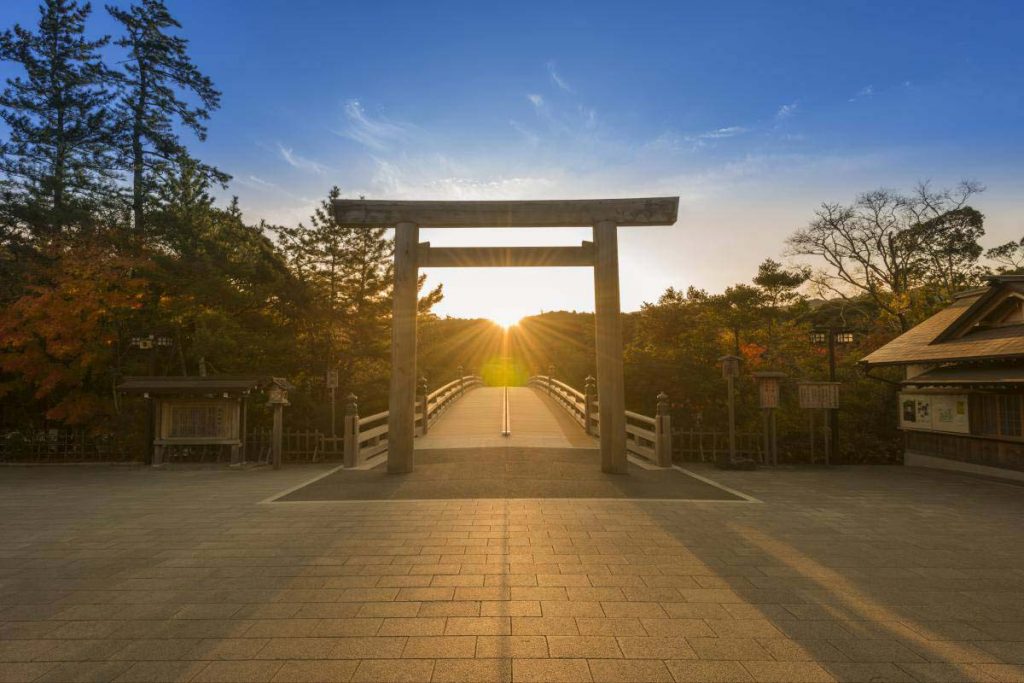
One is almost certain there’s hardly any area of Japanese thought or behaviour which is not directly influenced by one or more kata.
Kata also incorporates the physical and spiritual laws of the universe, which is seen by the Japanese as a well-ordered whole, and the uniquely Japanese protocols encompassing kata refers to the way things are supposed to be done.
Even more so and profoundly, both form and order are regarded as the fundamental means of expressing and maintaining harmony in society and in the orderly universe.
Historically, the Japanese have held the belief that form itself has a reality of its very own, and this form more often than not took precedence over substance.
The Japanese also believes that anything could be accomplished if the right kata was mentally and physically practice long enough.
One familiar with the esoteric coffee shops in the nooks and crannies of the metropolises of Japan can attest to the form and process going into what may seem like the mundane act of making coffee. However, to the coffee shop master, ingrained kata is a ritualized process which produces a cup of java that can only be tasted at said coffee shop.
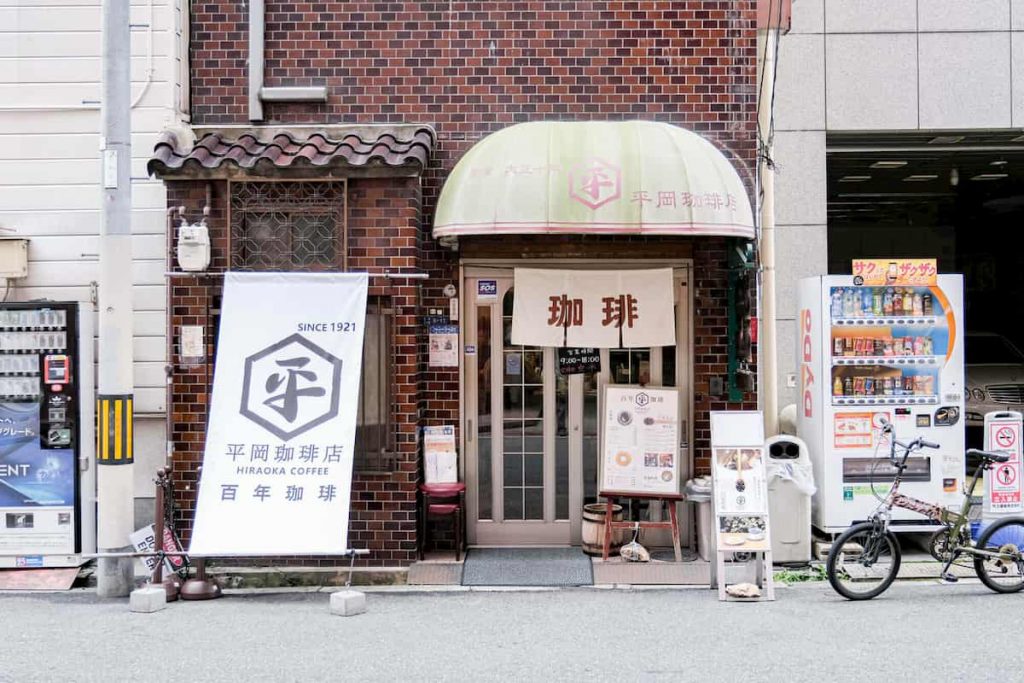
This is all due to kata and the divine nature of the form and processes into the goal.
One can also observe kata at the Japanese cake shop, and one can know about the “wrapping” kata in action in the article “The Japanese Way of Cake”.
One can surely say the sum of all kata in Japanese life, can simply be referred to as “The Japanese Way”.
At some point in the evolution of kata, the proper observance of kata was equated with morality and one was either in kata or out of kata.
One being out of kata was a sin against society and was worthy of being ostracized, or worse…
Let’s be clear, kata mandated only one acceptable way to perform all the various actions of life in Japan, from using chopsticks, to wrapping a package, and through this, there being only one right way of thinking, and that is in no uncertain terms, The Japanese Way.
The Japanese think in terms of an inner order (individual heart) and the natural order (orderly universe), and these two are indelibly linked by form, by kata.

Indeed, kata serves to link and bind the individual into society.
If one did not follow the explicitly prescribed forms, one was not only out of harmony with one’s fellow humans, but also with nature.
The challenge facing the Japanese was to know their own honshin or one’s own “true” or “right heart”. After understanding this, one only needed to learn and follow the kata that would keep them in sync with society, and the orderly universe.
The learning of every day behaviour, proper etiquette, working skills, and professionalism became a codified process of learning the basics, and then developing one’s skills in accomplishing the necessary actions in the prescribe form, order, and manner.
Life-long conditioning in this finally meshed web of rules and form has made it second nature for the Japanese to expect that every situation would have its exact process and form.
The significant difference between The Japanese Way and the customs that developed in most other societies was that the Japanese create their own existence based upon kata with practically nothing left to chance nor to one’s personal inclination.
So, where did kata come from, and how did it evolve?
Come again next week for part 3 of kata as one explores the roots and history of kata, how it evolved, and the way it continues to mold the Japanese and our society up until this very day.
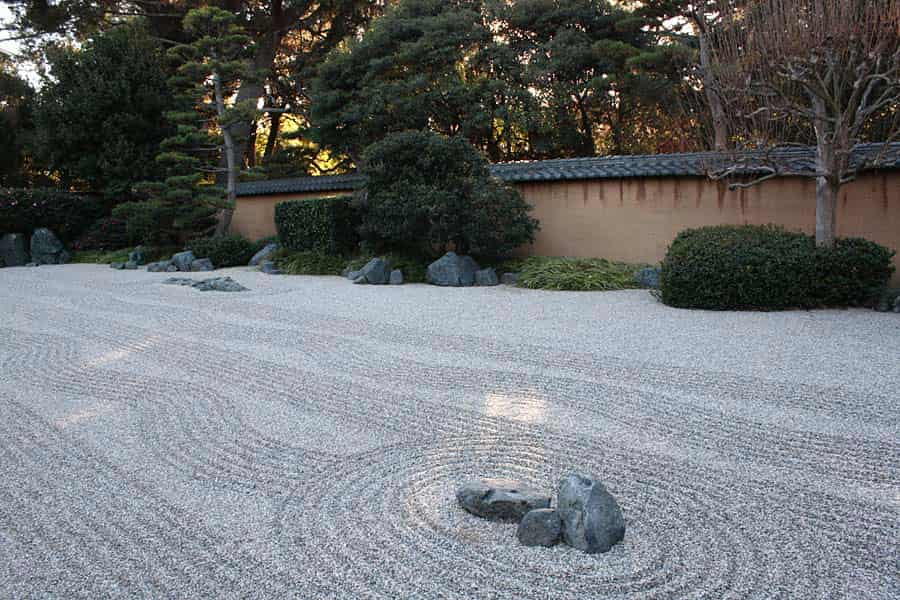


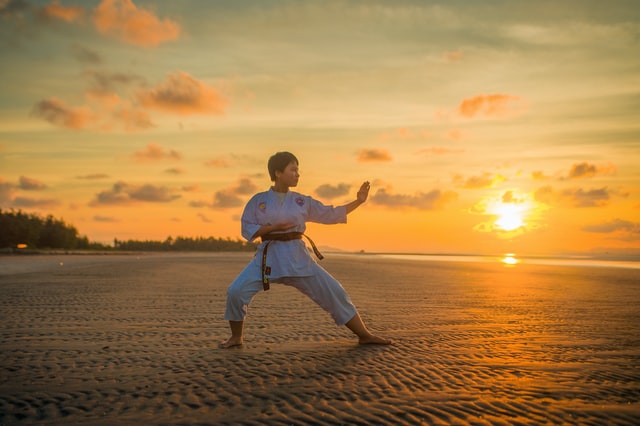



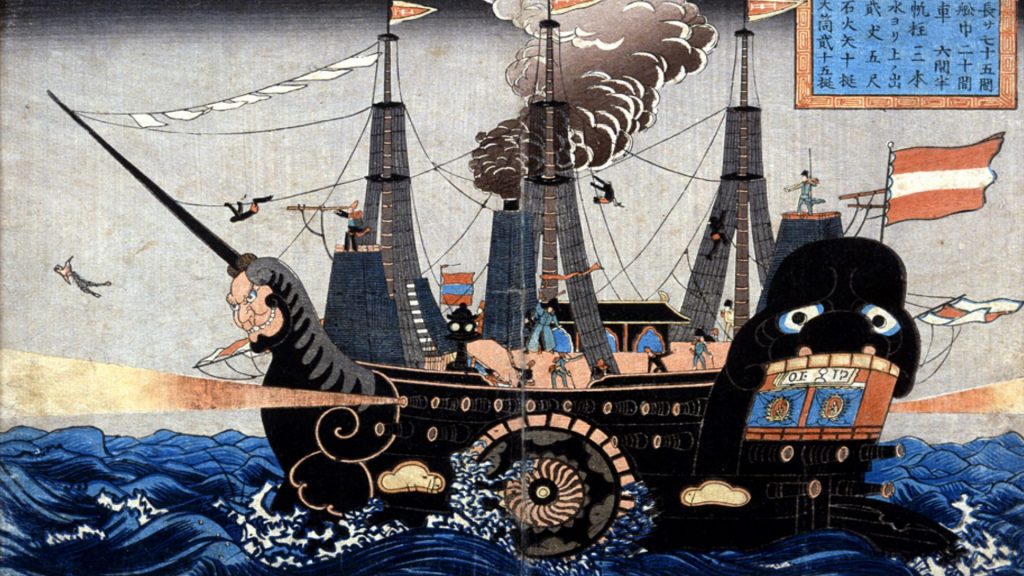
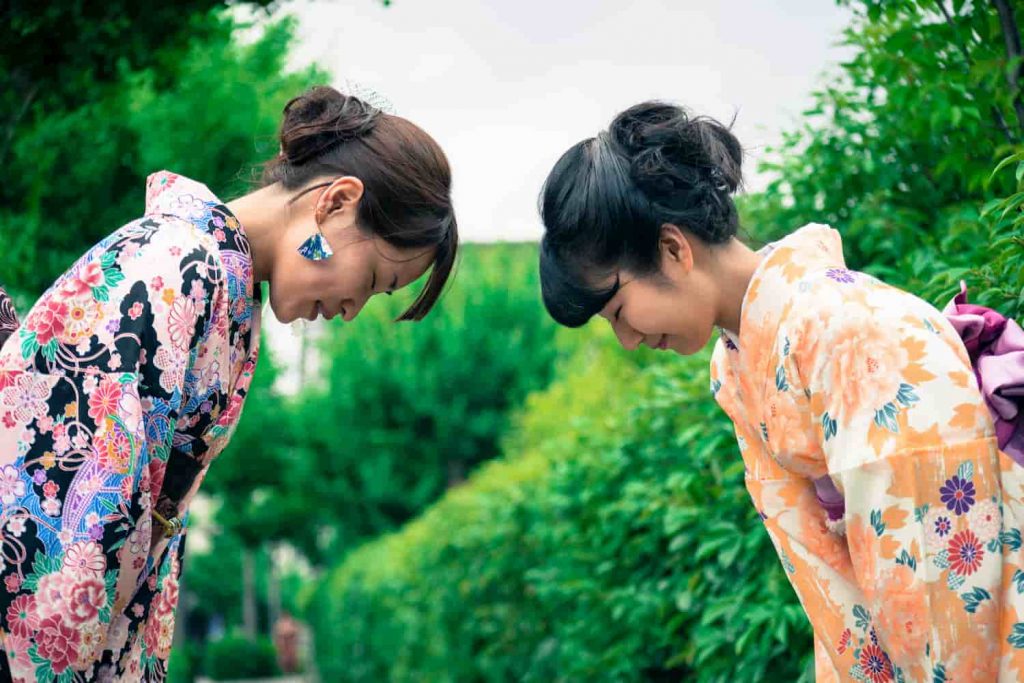
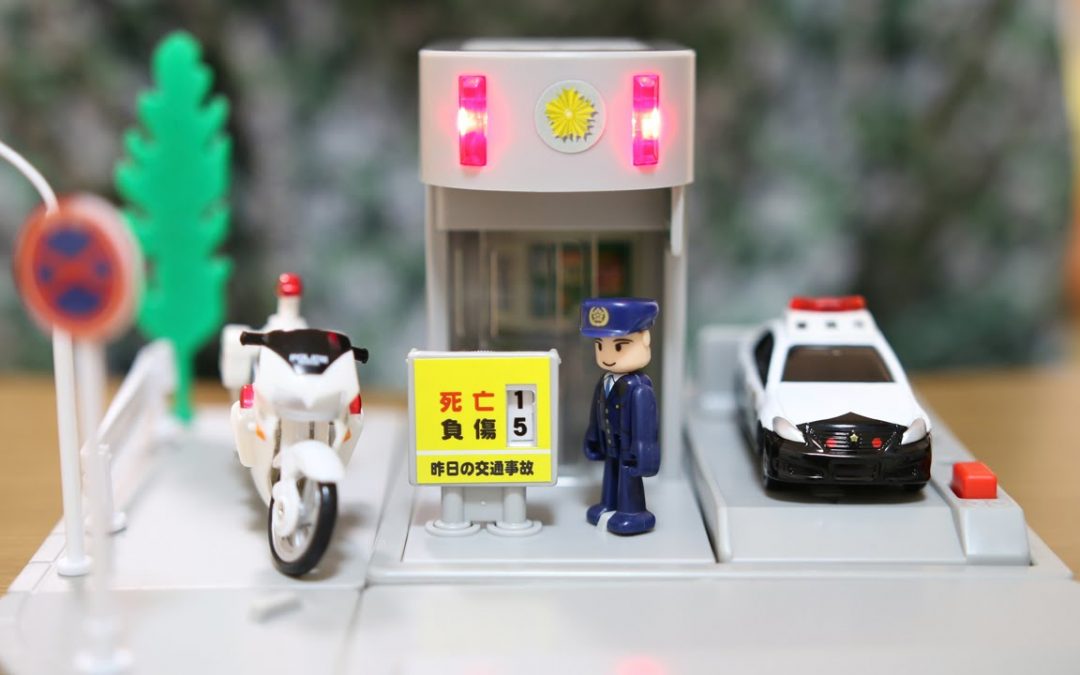

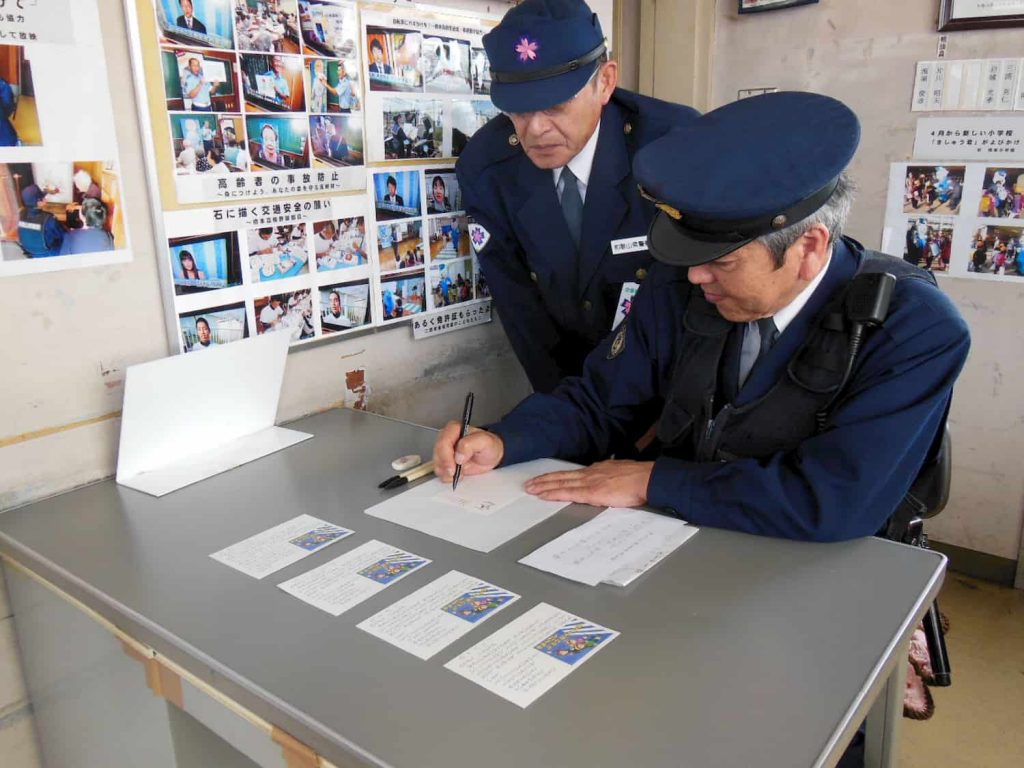











Recent Comments